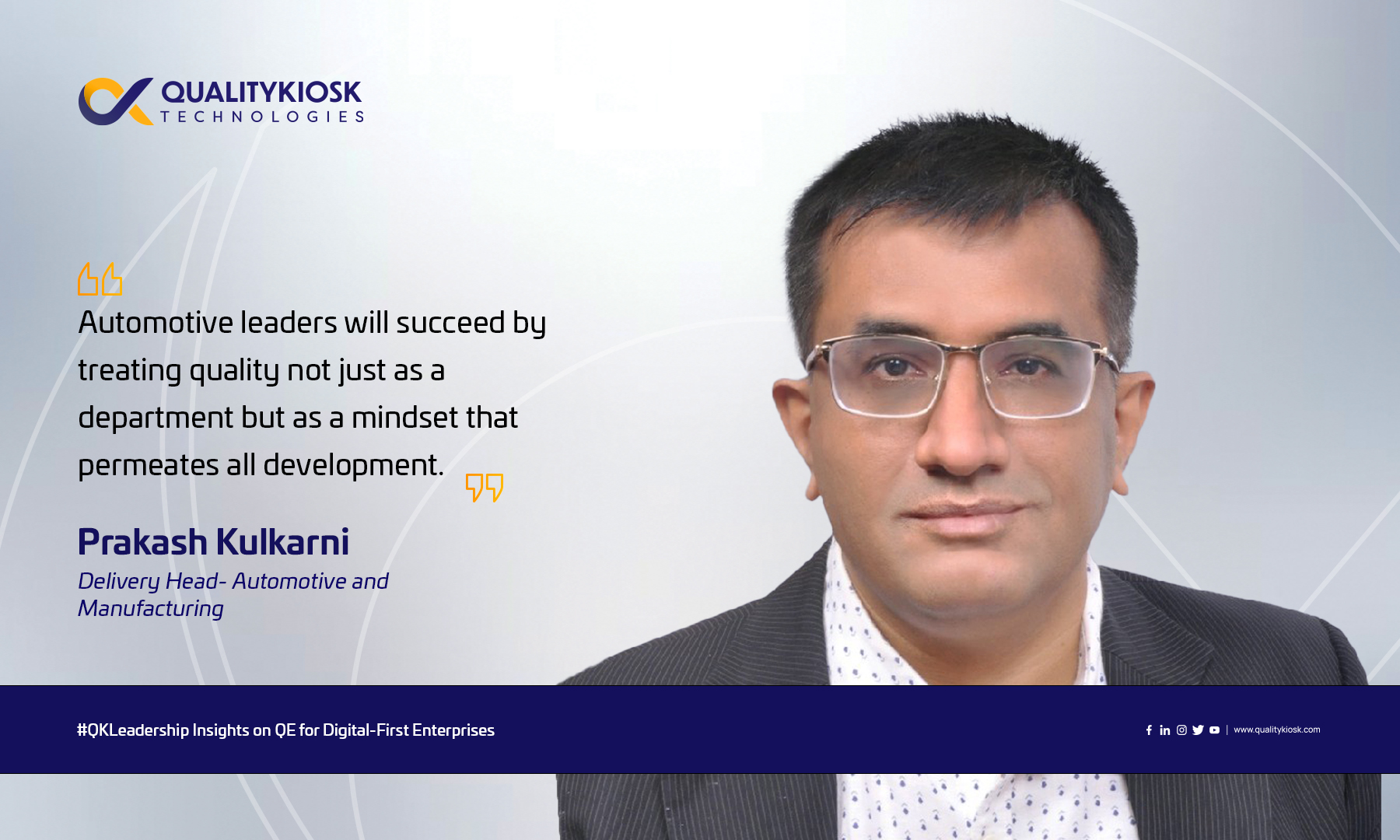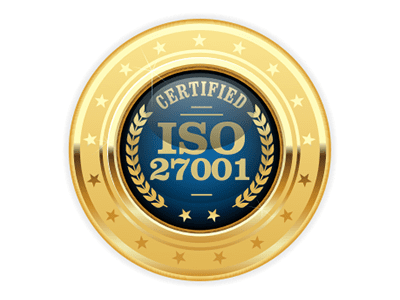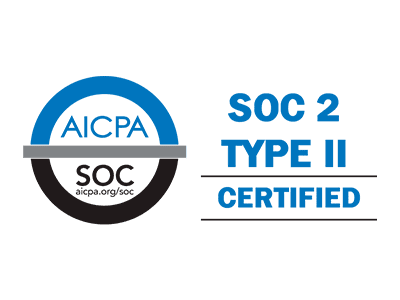The Indian automotive industry serves millions across commercial, passenger, and electric vehicle segments. With this massive customer base comes responsibility: applications must deliver exceptional user experience while maintaining stringent quality standards. As vehicles become more connected and digital touchpoints multiply, the role of Quality assurance (QA) has transformed from basic bug detection to ensuring seamless delightful experiences across complex ecosystems.
In my years overseeing quality initiatives, I have witnessed firsthand how preventive approaches yield better outcomes than reactive ones in automotive applications.
This shift-left mentality transforms QA from a final checkpoint to an integrated component of the development lifecycle. When quality becomes everyone’s responsibility, software delivery accelerates while customer satisfaction soars.
Three Key Pillars for Experience Design
Model-as-a-Service: The New Approach to Building AI
1. Embedding QA as a core function, not an afterthought
Traditional testing often approaches QA at the end of development cycles. This outdated model cannot support today’s complex automotive applications, which span from connected vehicle systems to digital marketplaces and Gen-AI-powered chatbots.
The transformation begins by positioning QA as a foundational element. In our projects, we have formalized QA’s role through:
Shift-Left Testing: By detecting defects earlier through integrated regression and functional testing, we have reduced development cycles from weeks to days.
Cross-Functional Workshops: These sessions align development and QA teams around quality objectives, creating shared accountability for outcomes.
When QA becomes core to your process, quality stops being negotiable. Teams no longer ask, “should we test this?” but rather “how thoroughly should we test this?”
2. Scaling quality across complex ecosystems
Automotive applications must manage complexity with reliability. From dealer management systems to charging aggregator applications & too high-scale Monitoring System designed to control and optimize public transport across multiple zones – with deep integration of live tracking, automated role-based dashboards, incident management, and system alerts, each platform must perform flawlessly across varied environments.
Our experience implementing end-to-end AI-enabled automated testing across platforms revealed remarkable improvements and ensuring ROI:
Web and mobile coverage: Comprehensive automated testing across critical user journeys ensures that vehicle selection, vehicle health checks, service booking, and other core functions remain stable across releases.
API health monitoring: Automated scripts can continuously validate system health across hundreds of integration points, providing early warning of potential issues.
Performance benchmarking: Automated performance testing has helped identify bottlenecks, which reduces page load times by over 80% in some applications.
The right automation strategy complements and amplifies human testing. It frees QA professionals to focus on exploratory testing and user experience while routine validations happen continuously avoiding technical debts.
3. Merging quality with operations using TestOps practices
- Technical Proficiency: Understanding software architecture, writing automated tests, configuring environments, and supporting developers in writing better unit tests.
- AIOps-driven test automation: It enhances the change intelligence and efficiency of the mobility software testing process. Conventional test automation depends on manual scripting & governance, but AI-based testing incorporates AI-driven insights to improve the processes exponentially.
- Operational Integration: Configuring pipelines, monitoring performance metrics, and developing tools that support the broader software ecosystem.
From Reliable Code to Remarkable Experiences
When implemented effectively, this modernized approach to automotive QA delivers tangible benefits:
Enhanced User Trust: Applications with fewer interruptions and smoother workflows build confidence in digital automotive platforms.
Seamless Self-Service: Robust testing eliminates points of friction, making vehicle configuration, purchasing, and service scheduling intuitive for customers.
Higher Scalability: Platforms withstand increased traffic without performance degradation, maintaining stability even during high-demand periods.
For automotive leaders, the message is clear: quality engineering helps build experiences that delight customers and differentiate brands in an increasingly digital marketplace.
Quality as a Competitive Advantage
As we move toward even more connected, autonomous, and electrified vehicles, quality assurance will continue evolving. The convergence of AI, machine learning, and sophisticated testing frameworks promises even more proactive quality approaches.
“The automotive companies that thrive will be those that shift their perspective from seeing quality as merely a department to embracing it as a mindset that permeates every aspect of digital product development and delivery.”
By focusing on shift-left testing, automation at scale, and building an AI-led TestOps culture, automotive organizations can ensure their digital experiences reflect the same quality commitment as their physical vehicles. In the end, that is what transforms customers into brand advocates—and innovation into industry leadership.





